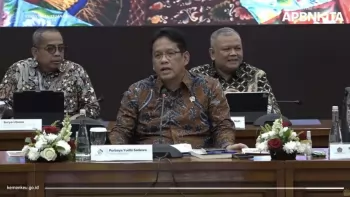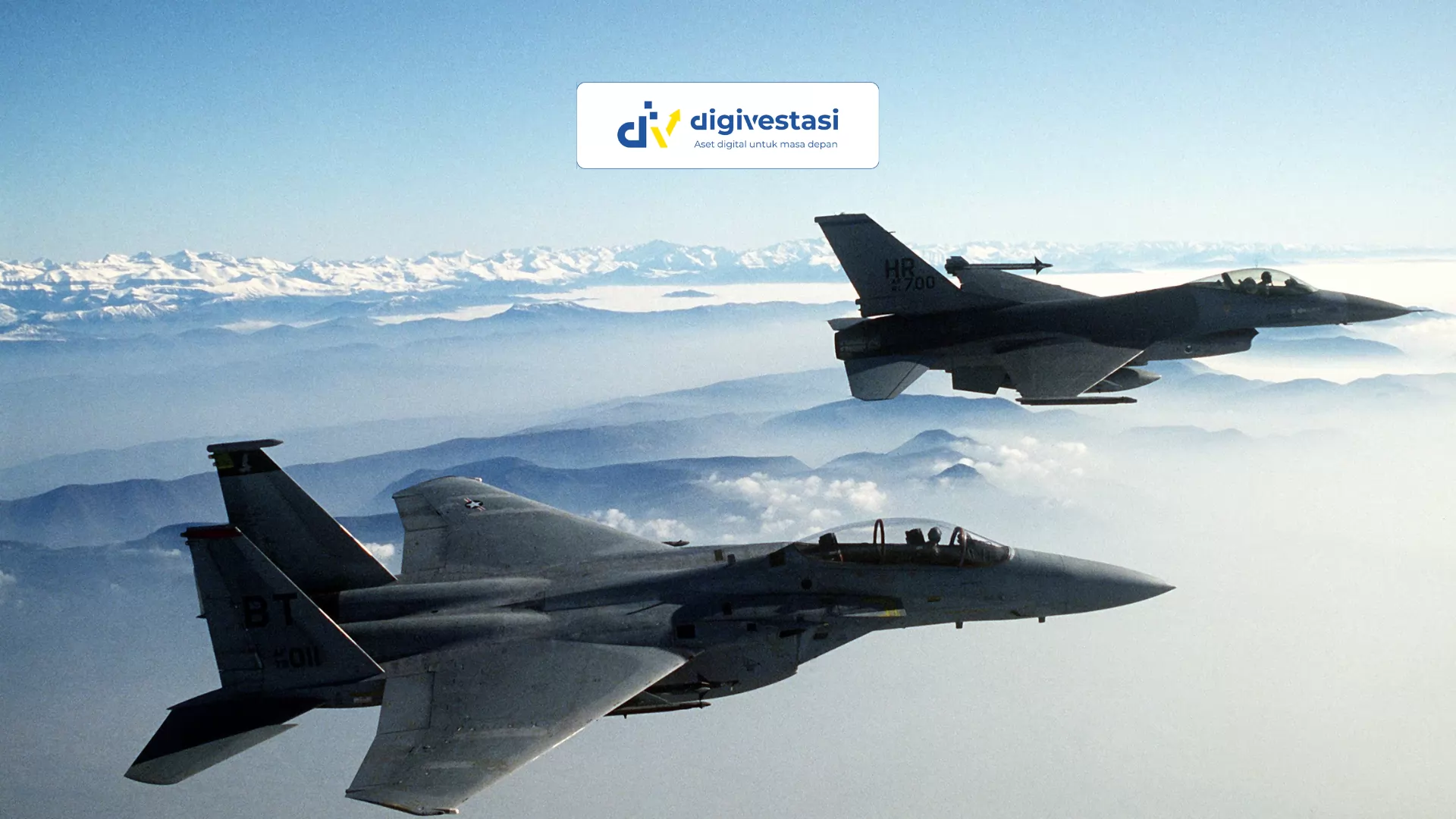
News Update
Purbaya Gives Ministries 16-Day Deadline to Finalize Budget
/index.php
Berita Terkini - Posted on 13 May 2025 Reading time 5 minutes

Asia is not only the region with the fastest-growing economy in the world, but it also boasts several nations with strong military capabilities.
One of the most critical factors in evaluating a country's military strength is the number and type of fighter jets it possesses. These aircraft are essential for maintaining national sovereignty, executing offensive operations, and ensuring air superiority.
According to data from Global Firepower, Indonesia ranks eighth in Asia in terms of the number of fighter jets, owning a total of 110 units. In addition to Indonesia, several other Asian countries maintain large fighter jet fleets, ranging from hundreds to thousands of units.
So, which countries in Asia have the largest number of fighter jets?
| Country | Number of Fighter Jets |
|---|---|
| China | 1,500 units |
| India | 800 units |
| Pakistan | 450 units |
| South Korea | 400 units |
| Japan | 350 units |
| Taiwan | 300 units |
| Iran | 200 units |
| Indonesia | 110 units |
| Thailand | 70 units |
| Vietnam | 50 units |
China holds the largest air force in Asia and ranks third globally. Operated by the People’s Liberation Army Air Force (PLAAF), China continuously updates its fleet with advanced jets like the Chengdu J-20, Shenyang J-16, and Shenyang J-11. Its core focus lies in stealth technology and long-range combat capabilities.
India’s Air Force (IAF) is the second-largest in Asia. The country has invested in diverse jet models such as Russia’s Sukhoi Su-30MKI, France’s Dassault Rafale, and the domestically produced HAL Tejas. India also has plans to further expand and modernize its existing air fleet.
Bordering India, Pakistan maintains a sizable air force that includes jets like the JF-17 Thunder and Chengdu J-10 from China, along with American-made F-16 Fighting Falcons. Pakistan continues to improve its fleet through modernization and new acquisitions.
South Korea’s Air Force (ROKAF) operates a powerful fleet that includes the F-15K Slam Eagle, locally adapted KF-16, and the F-35A Lightning II. Additionally, South Korea is developing its next-generation jet, the KF-21 Boramae, to enhance its air combat capabilities.
Japan operates a modern, well-trained air force through the Japan Air Self-Defense Force (JASDF). Its fleet features the Mitsubishi F-2, co-developed with the U.S., and the F-35A Lightning II. Japan continues to bolster its air defense in response to regional threats.
Taiwan’s Air Force (ROCAF) operates F-16 Fighting Falcons and domestically developed F-CK-1 Ching-kuo jets. Taiwan is currently upgrading its F-16s to the advanced F-16V model to improve its air defense capabilities.
Iran’s air force includes a variety of older models such as the F-14 Tomcat, MiG-29, and F-4 Phantom II. Iran is also developing its own domestically produced fighter jets, like the Kowsar, to strengthen its fleet.
The Indonesian Air Force (TNI AU) operates a variety of fighter jets including the F-16 Fighting Falcon, Sukhoi Su-27, and Su-30. The country plans to expand its fleet with acquisitions like the Dassault Rafale and F-15EX to boost its air defense strength.
Thailand's Air Force includes jets such as the F-16 Fighting Falcon and the JAS 39 Gripen. The nation continues to enhance its combat capabilities through new purchases and fleet upgrades.
Vietnam maintains a smaller air force compared to others on the list, with jets such as the Sukhoi Su-27 and Su-30. Despite its limited fleet, Vietnam is actively working to strengthen its air defense through modernization and additional acquisitions.
Source: cnbcindonesia.com
What do you think about this topic? Tell us what you think. Don't forget to follow Digivestasi's Instagram, TikTok, Youtube accounts to keep you updated with the latest information about economics, finance, digital technology and digital asset investment.
DISCLAIMER
All information contained on our website is summarized from reliable sources and published in good faith and for the purpose of providing general information only. Any action taken by readers on information from this site is their own responsibility.